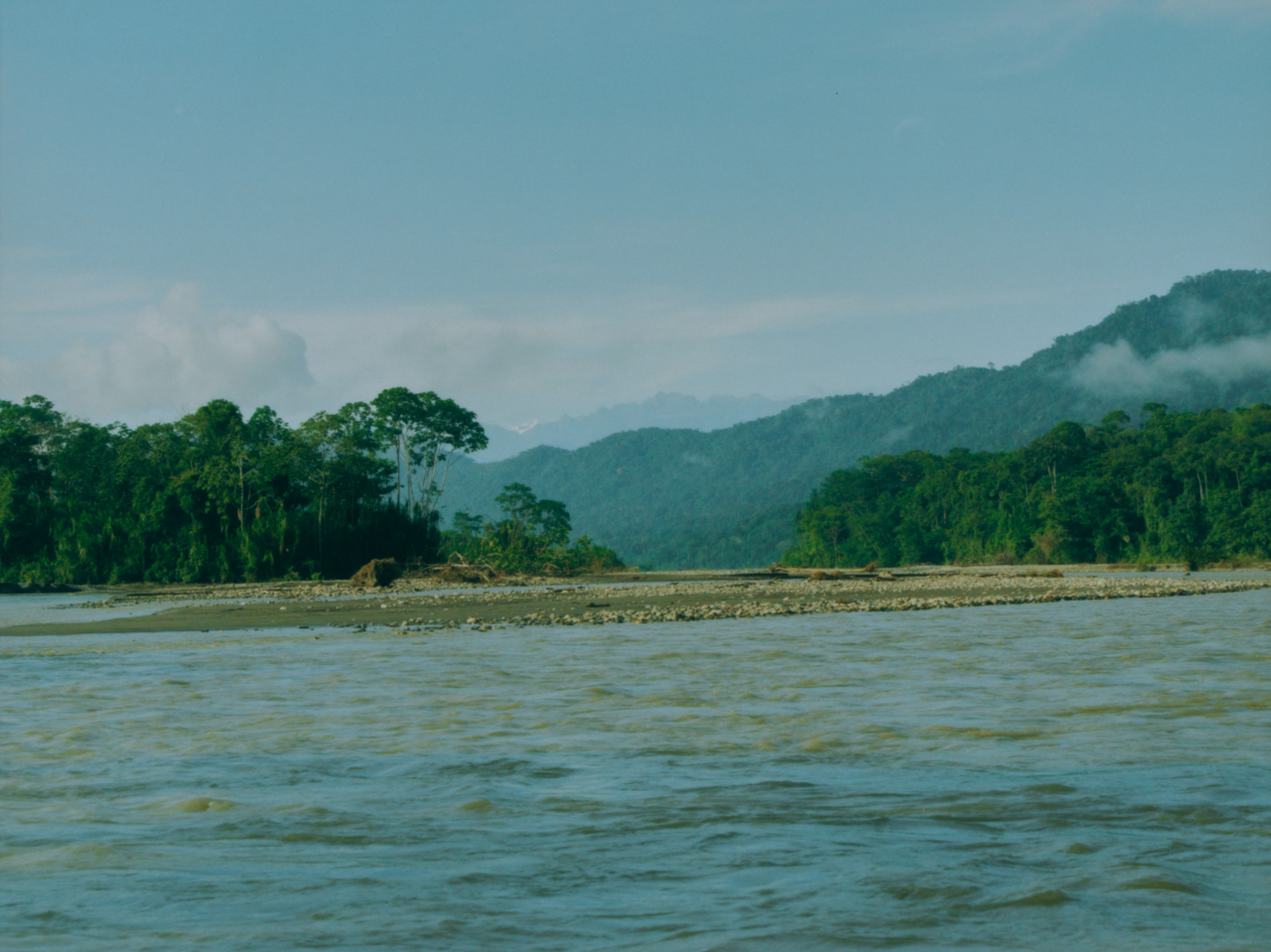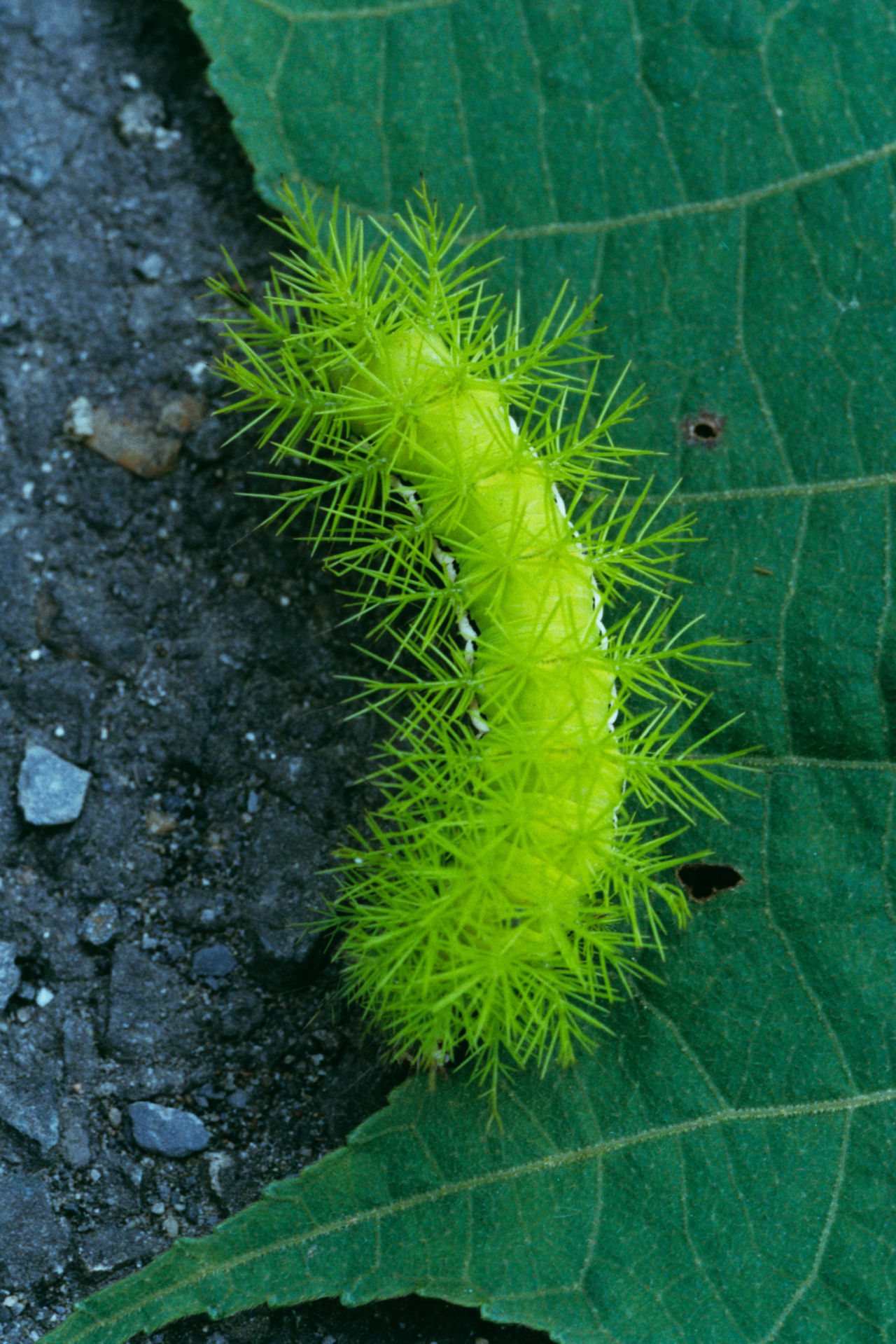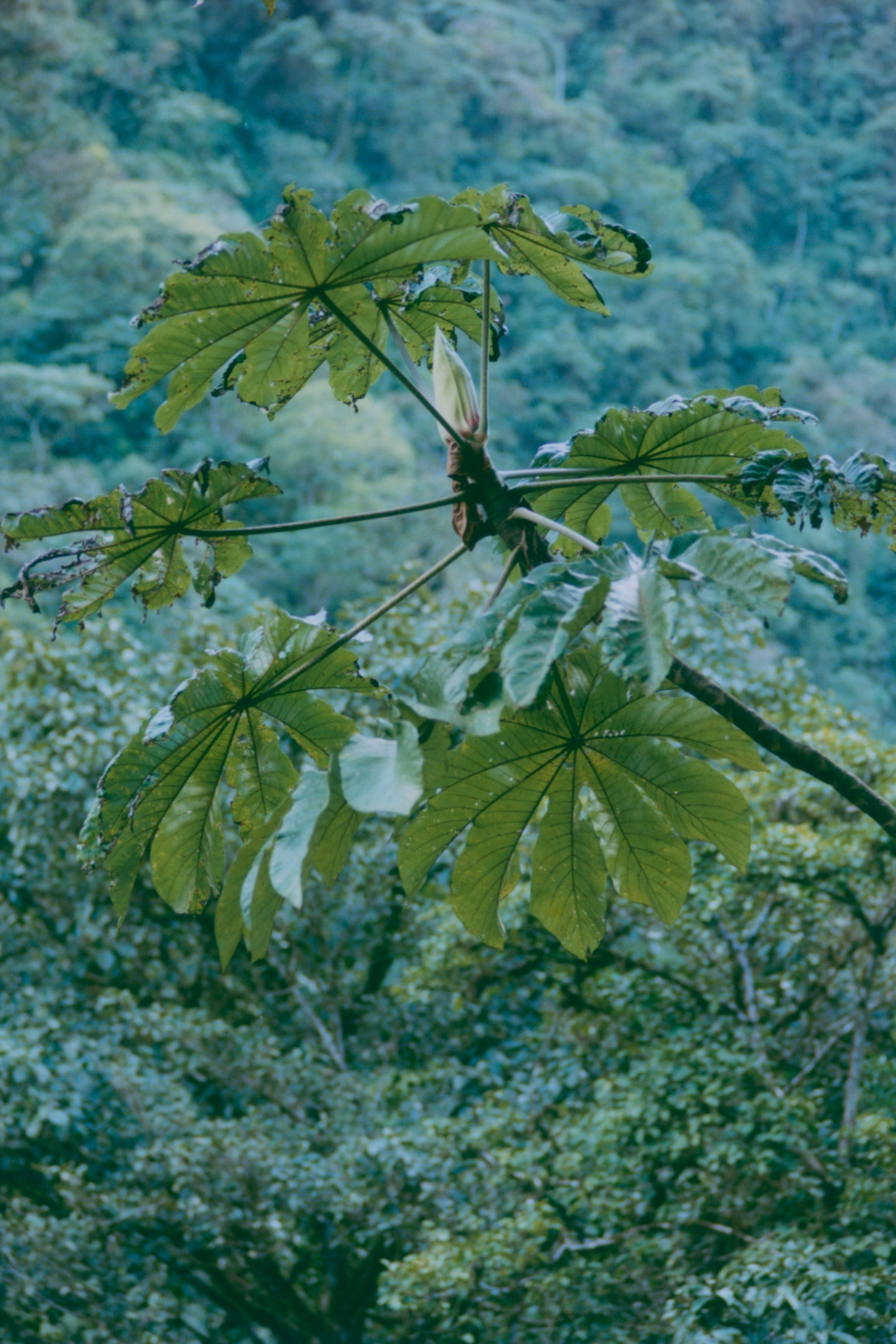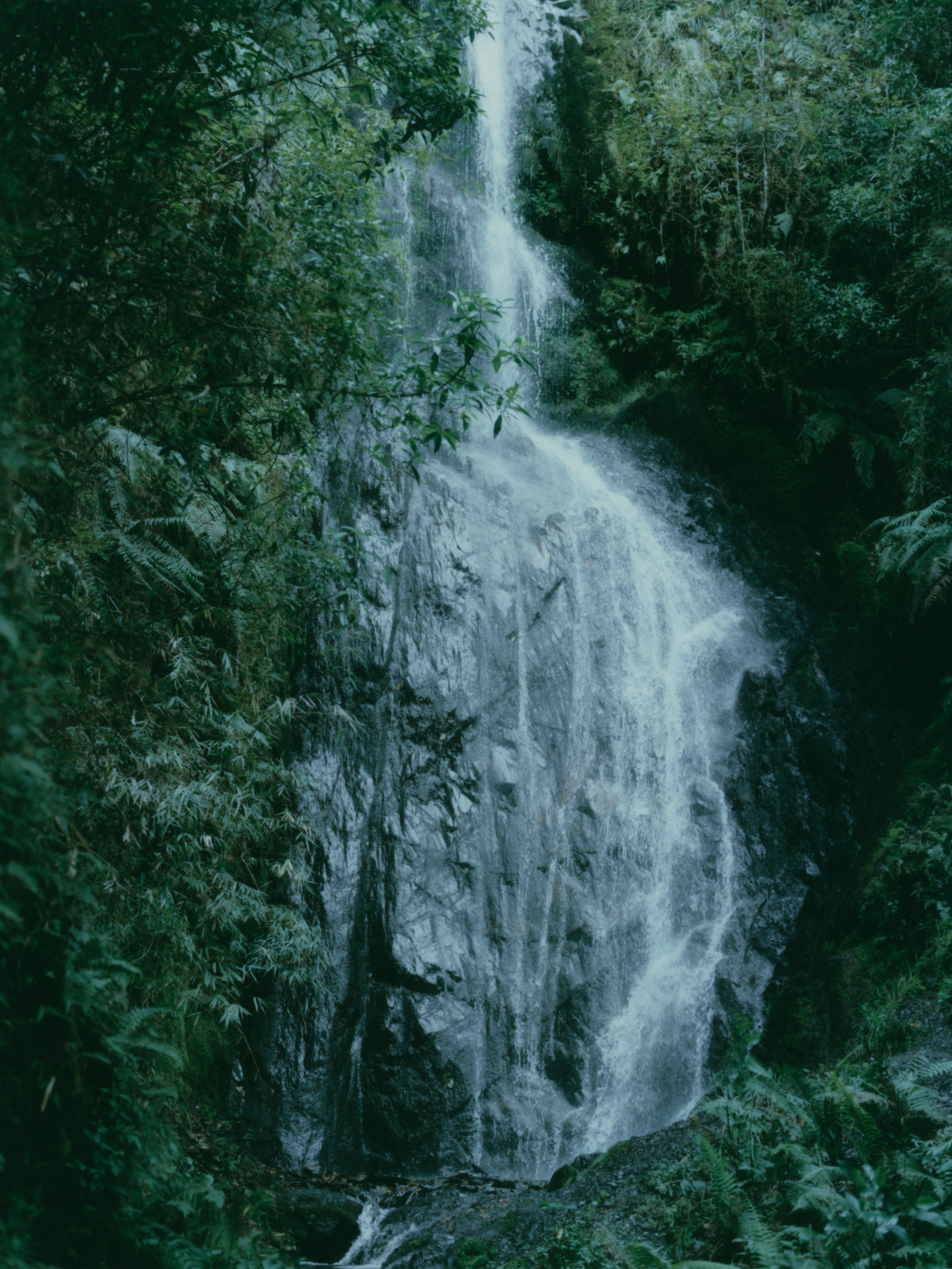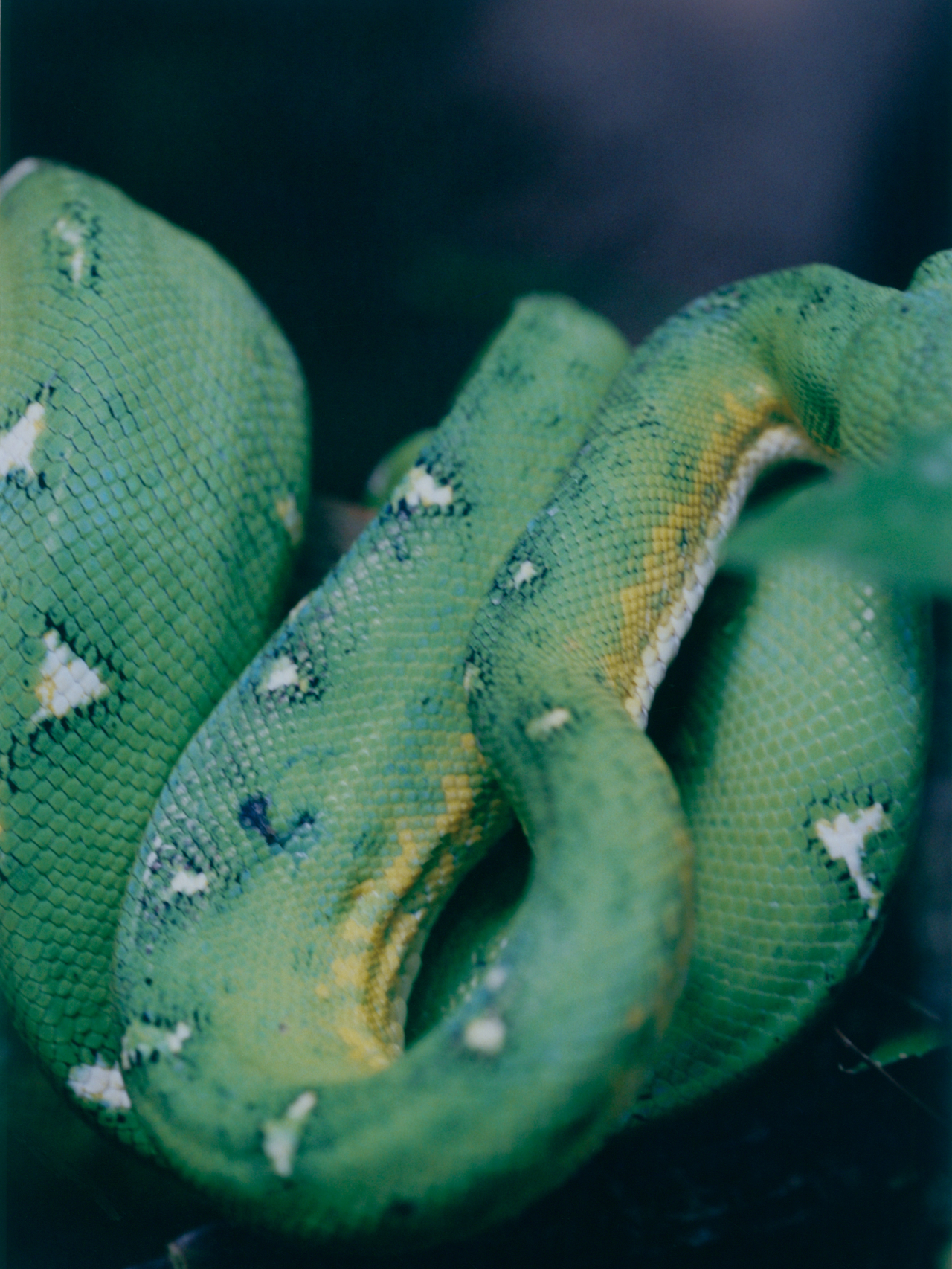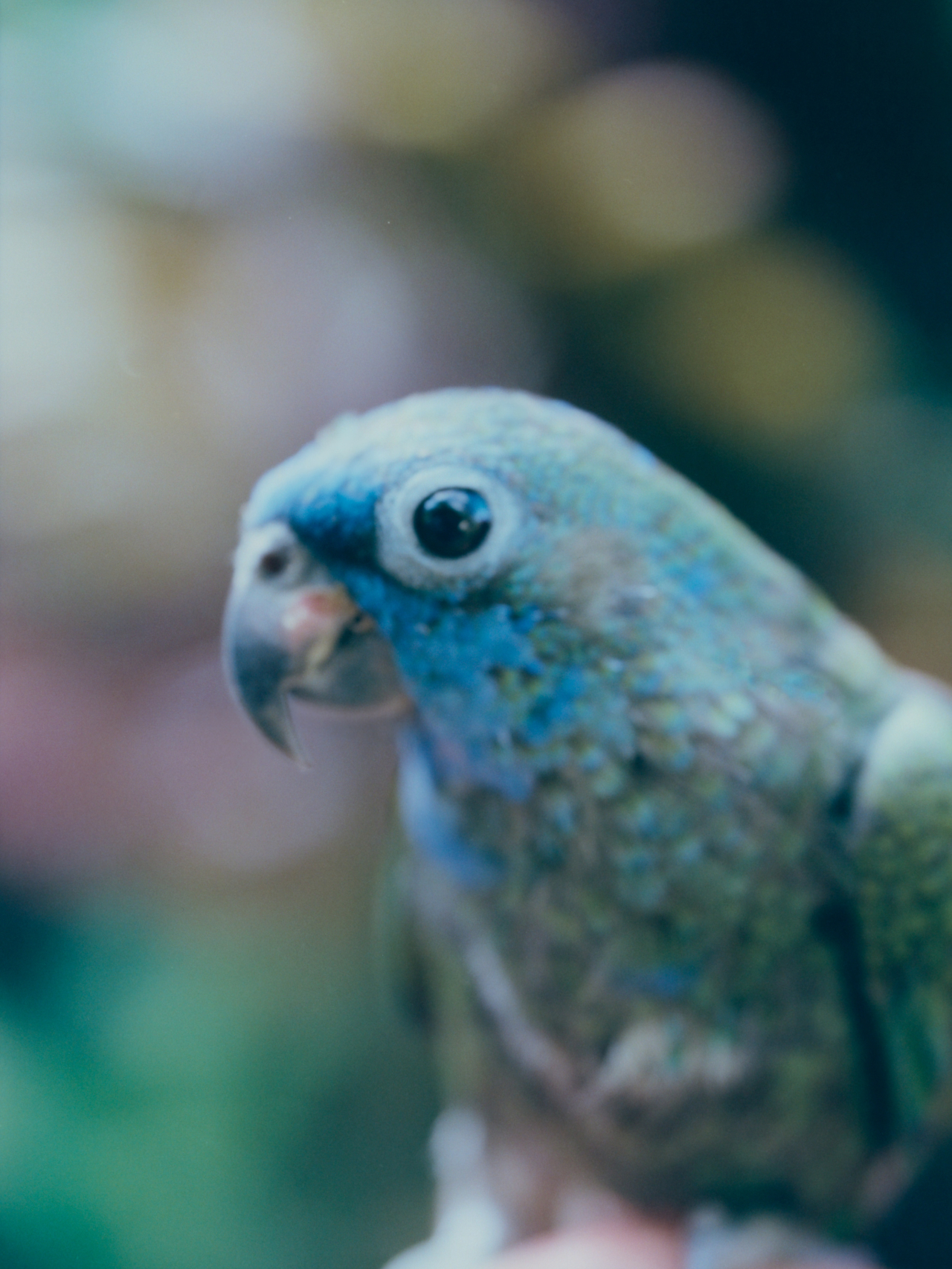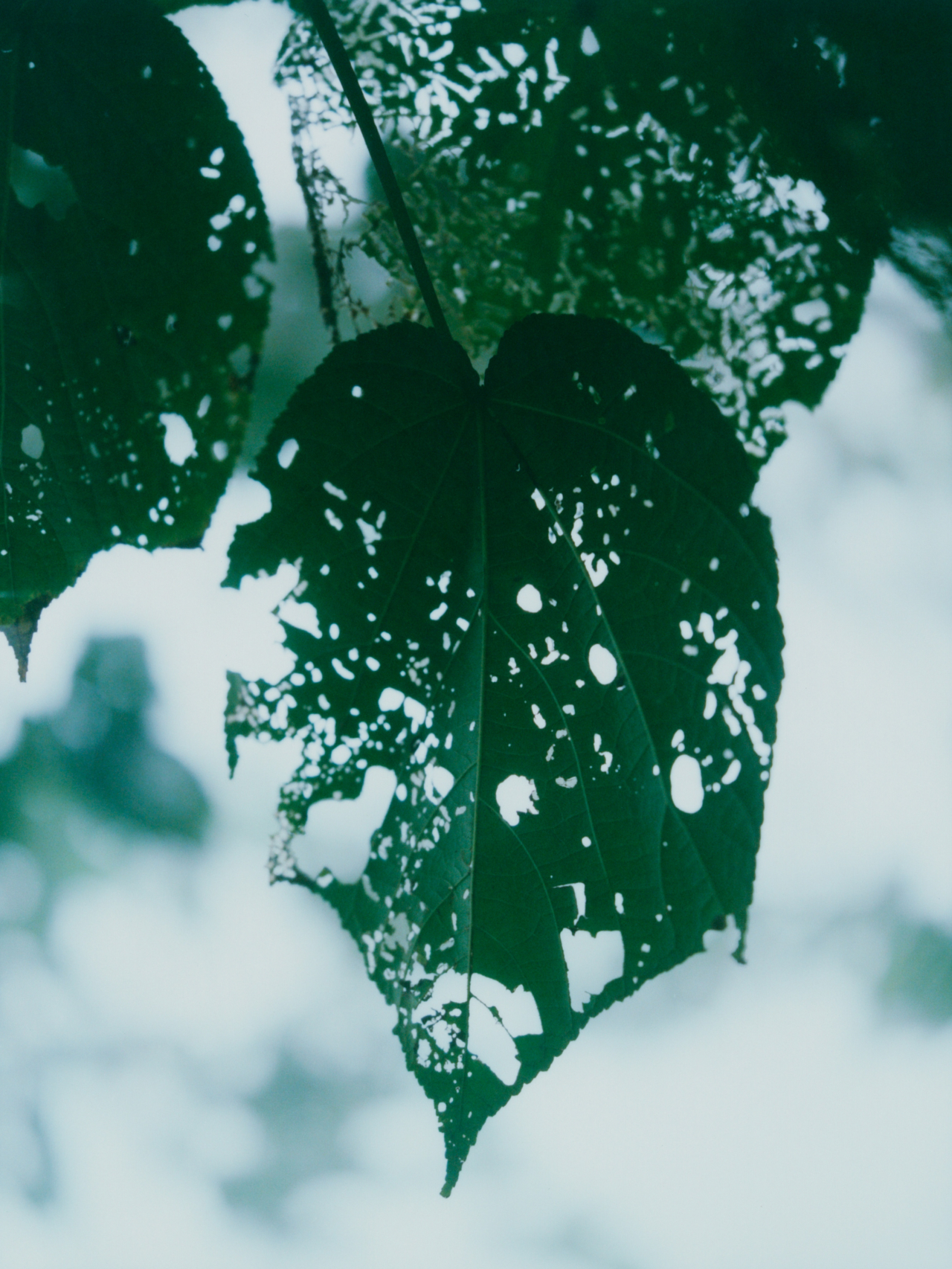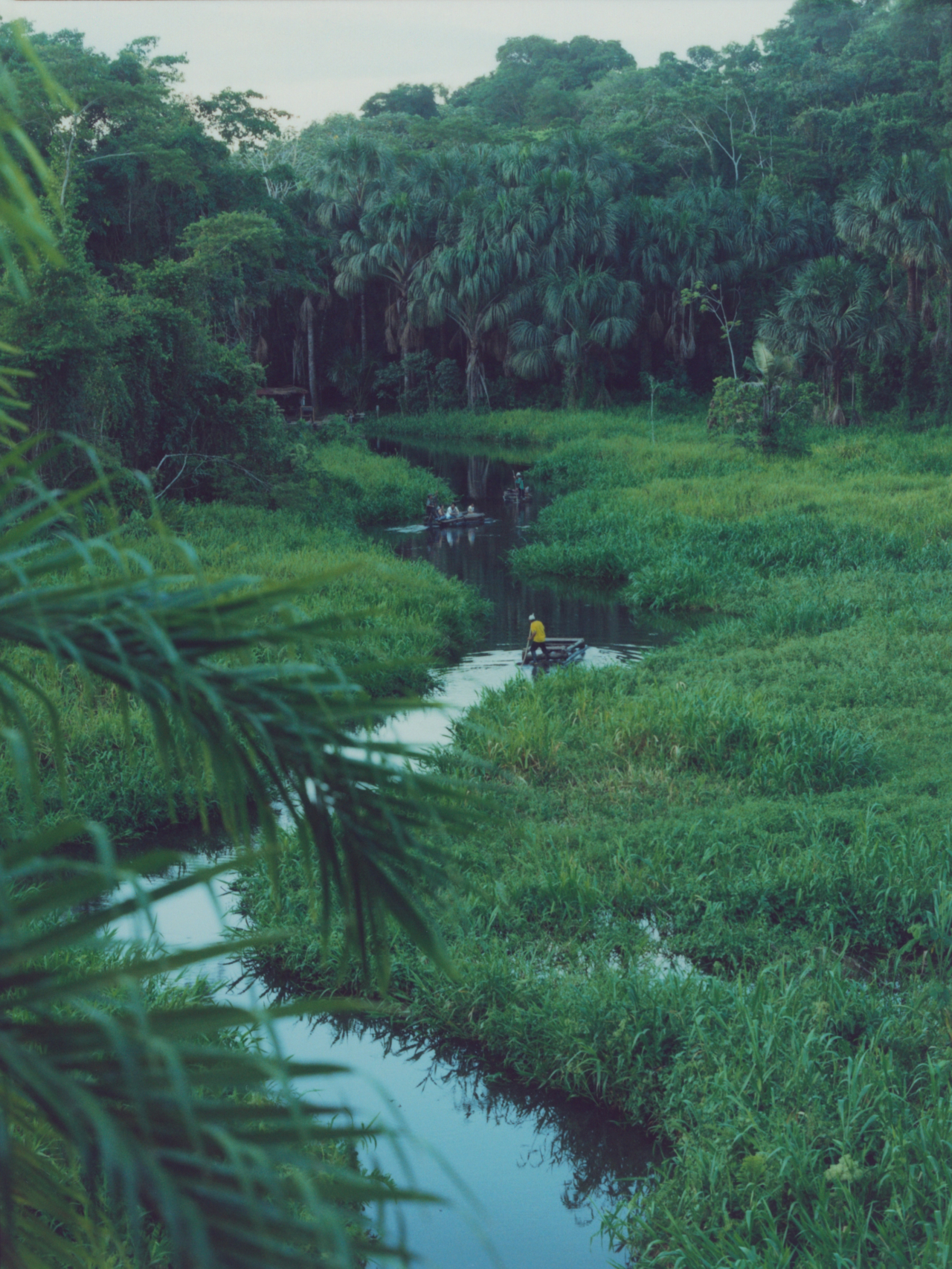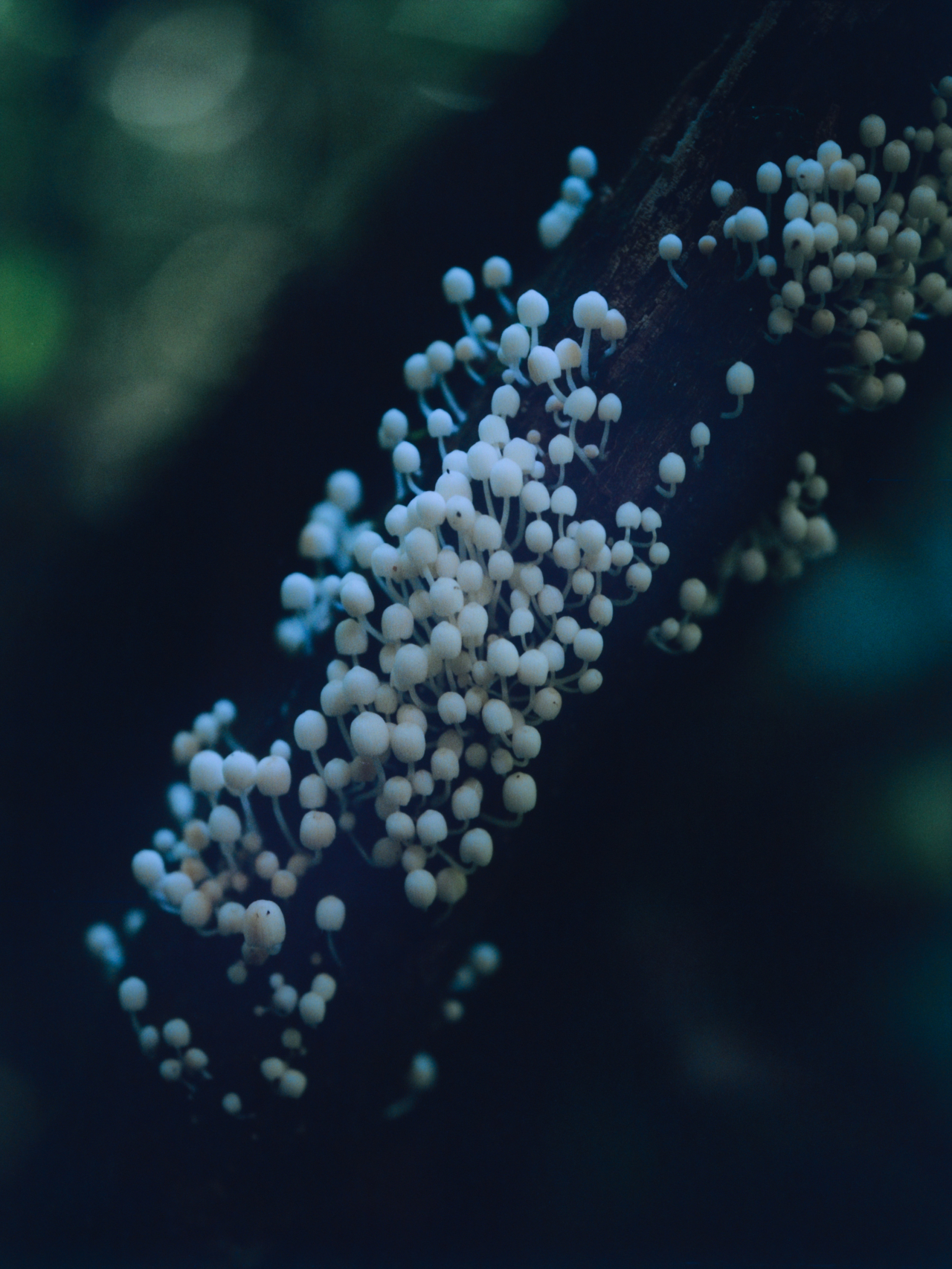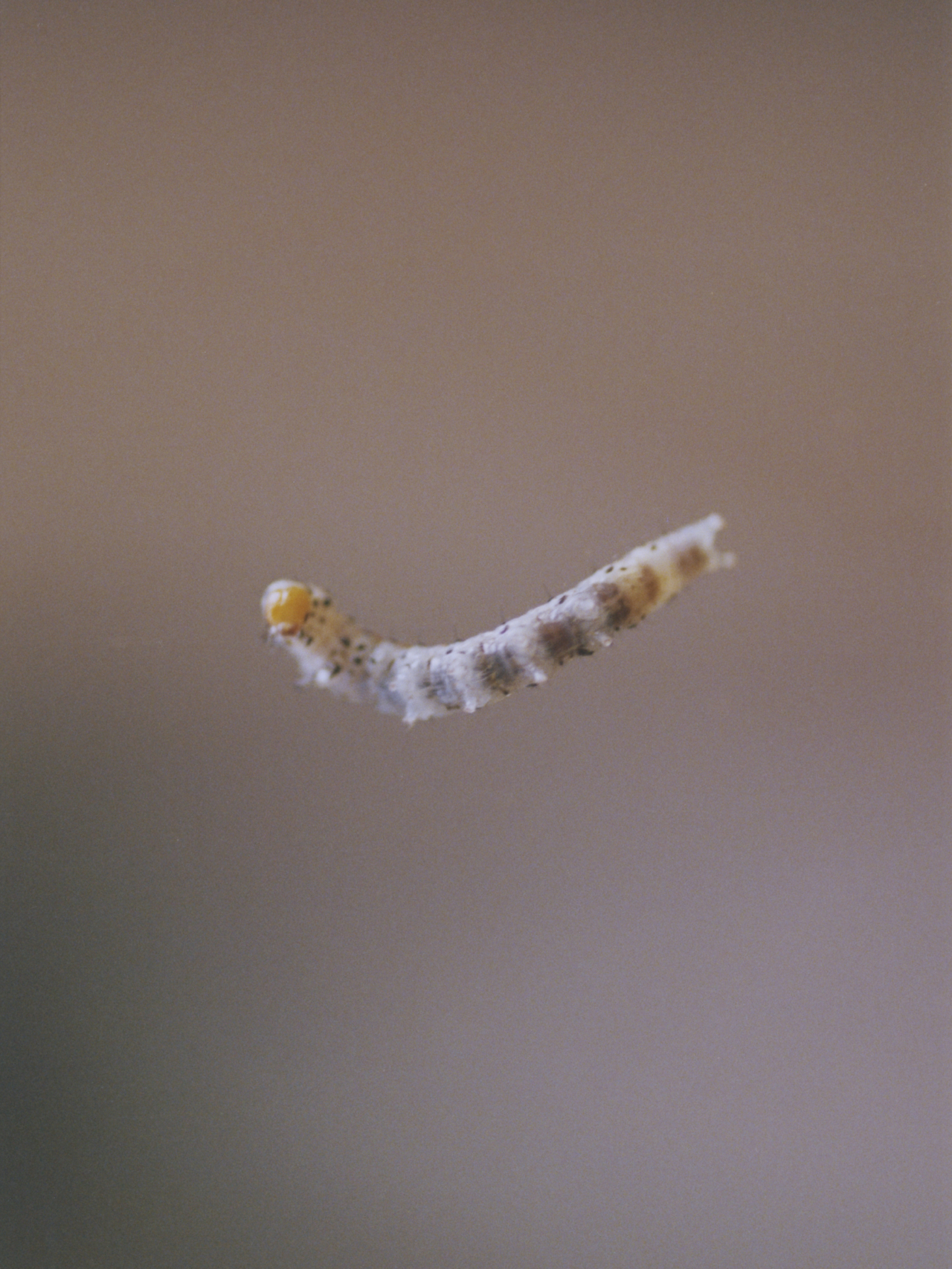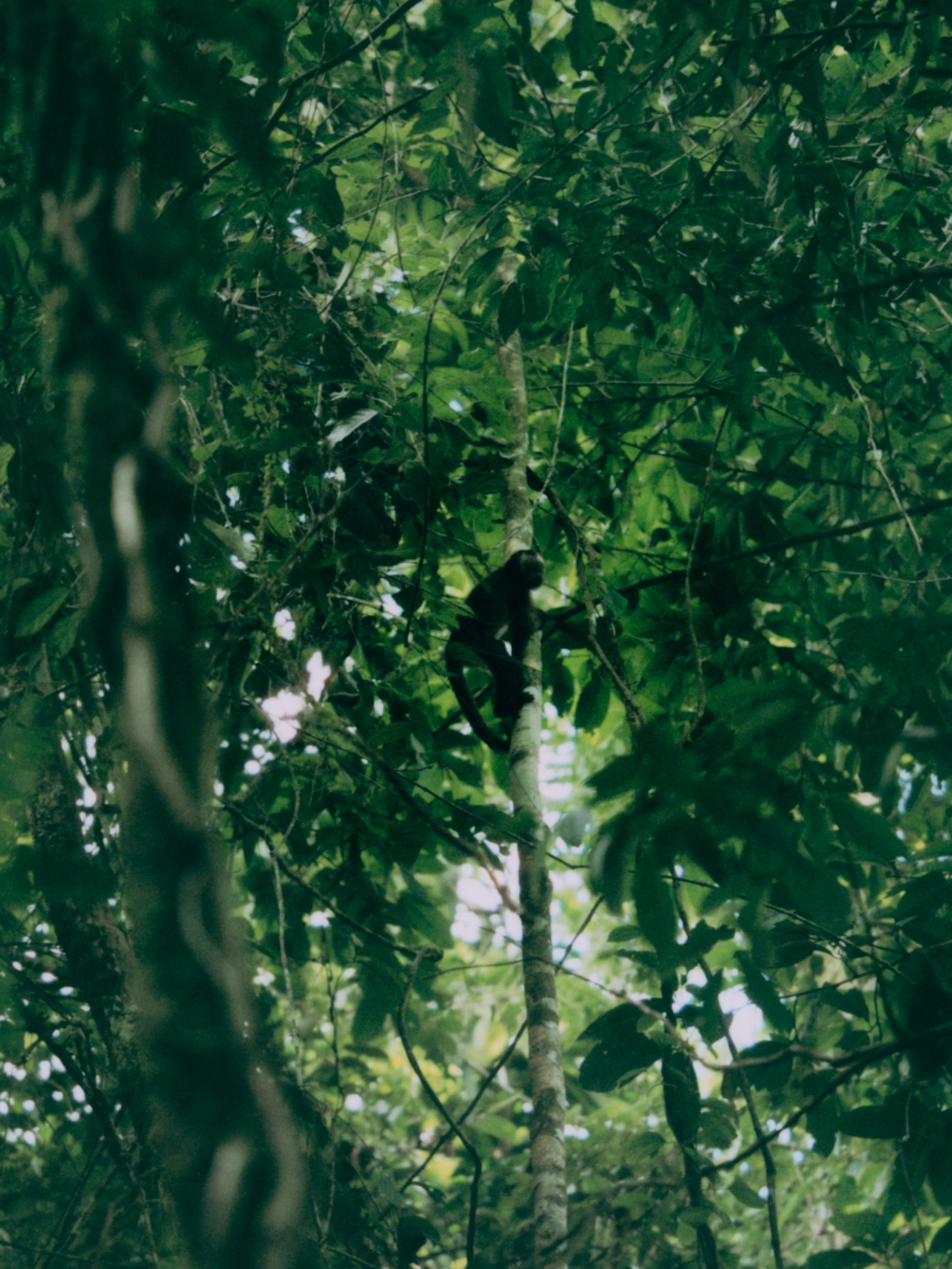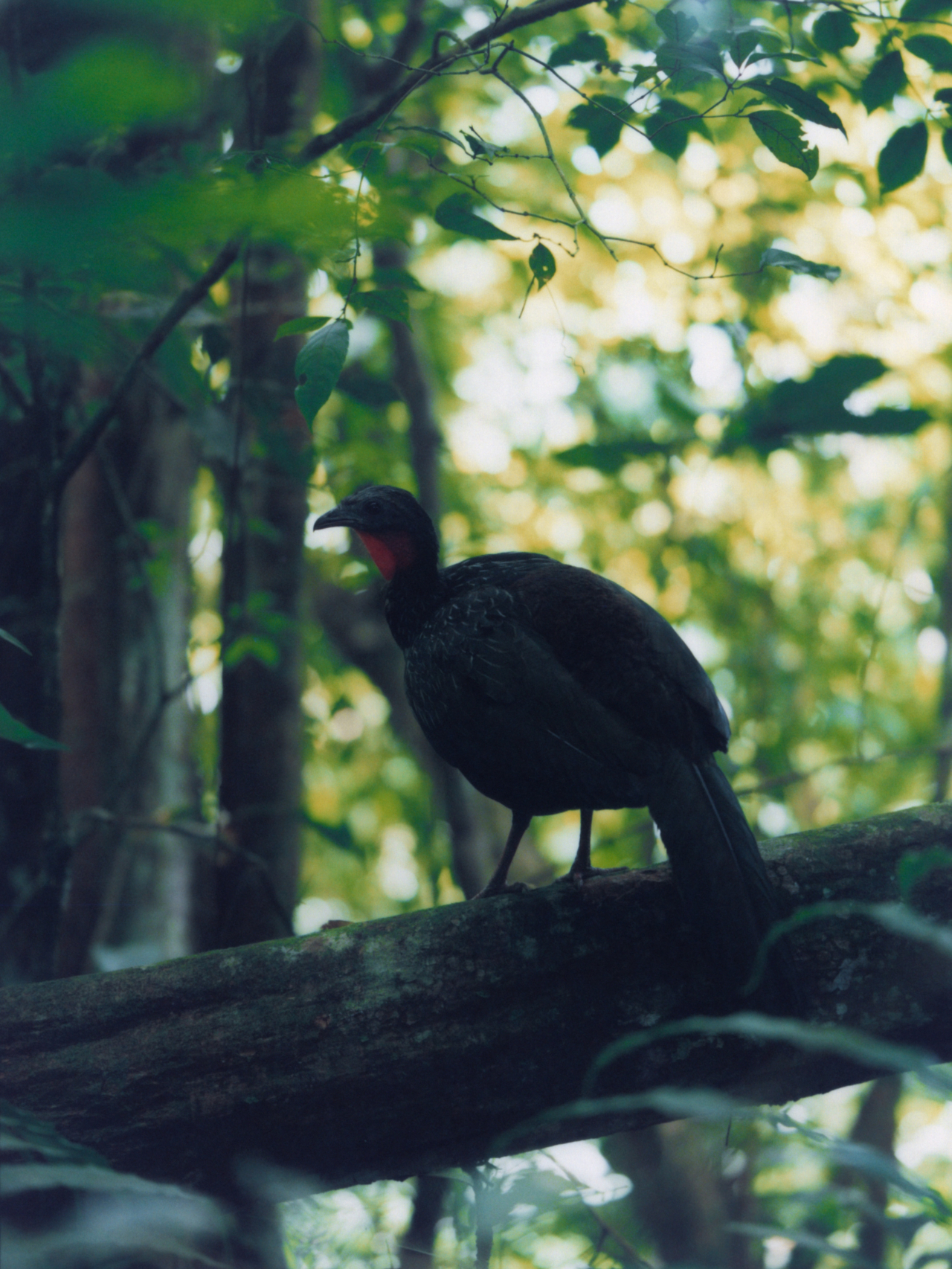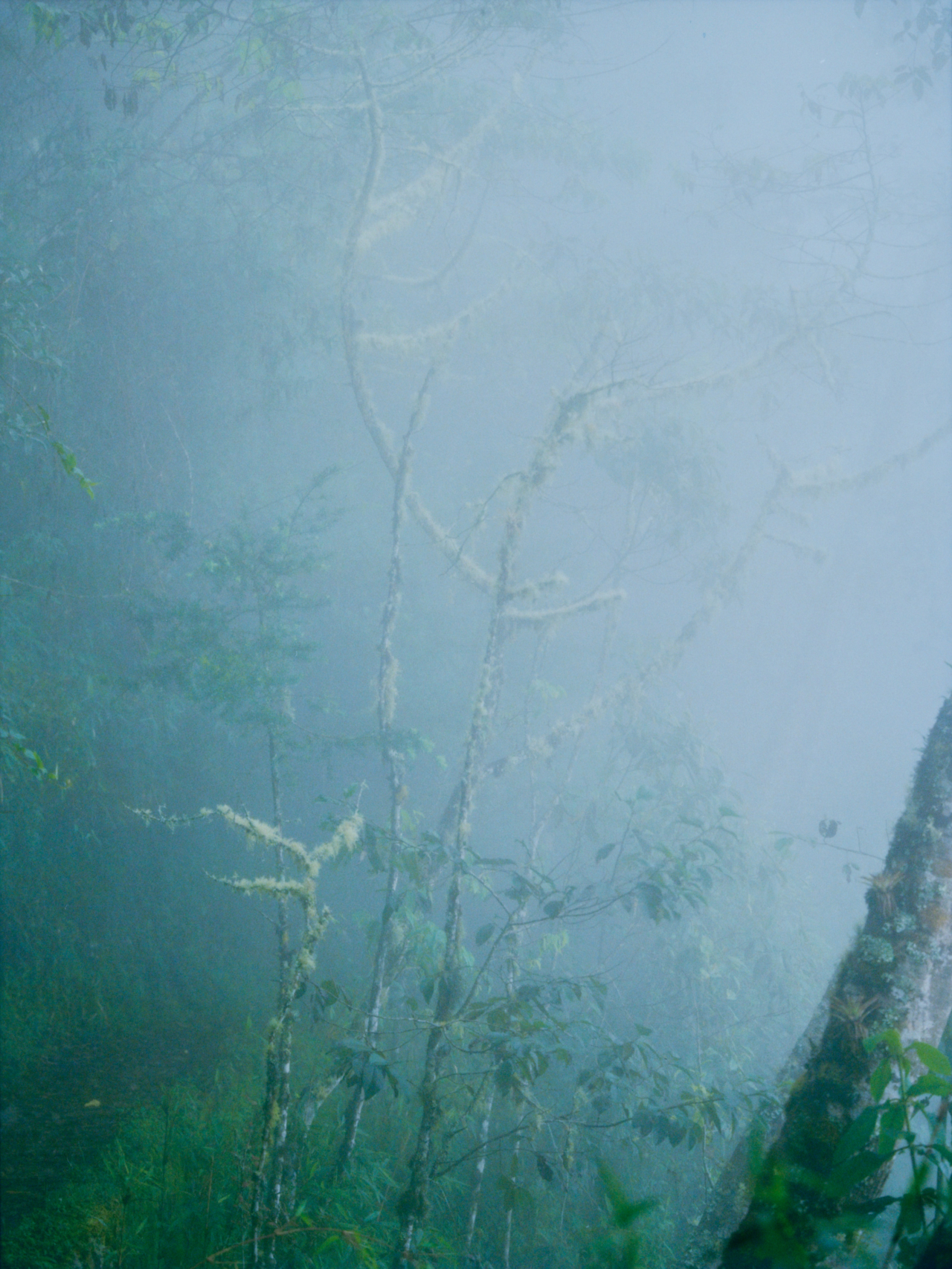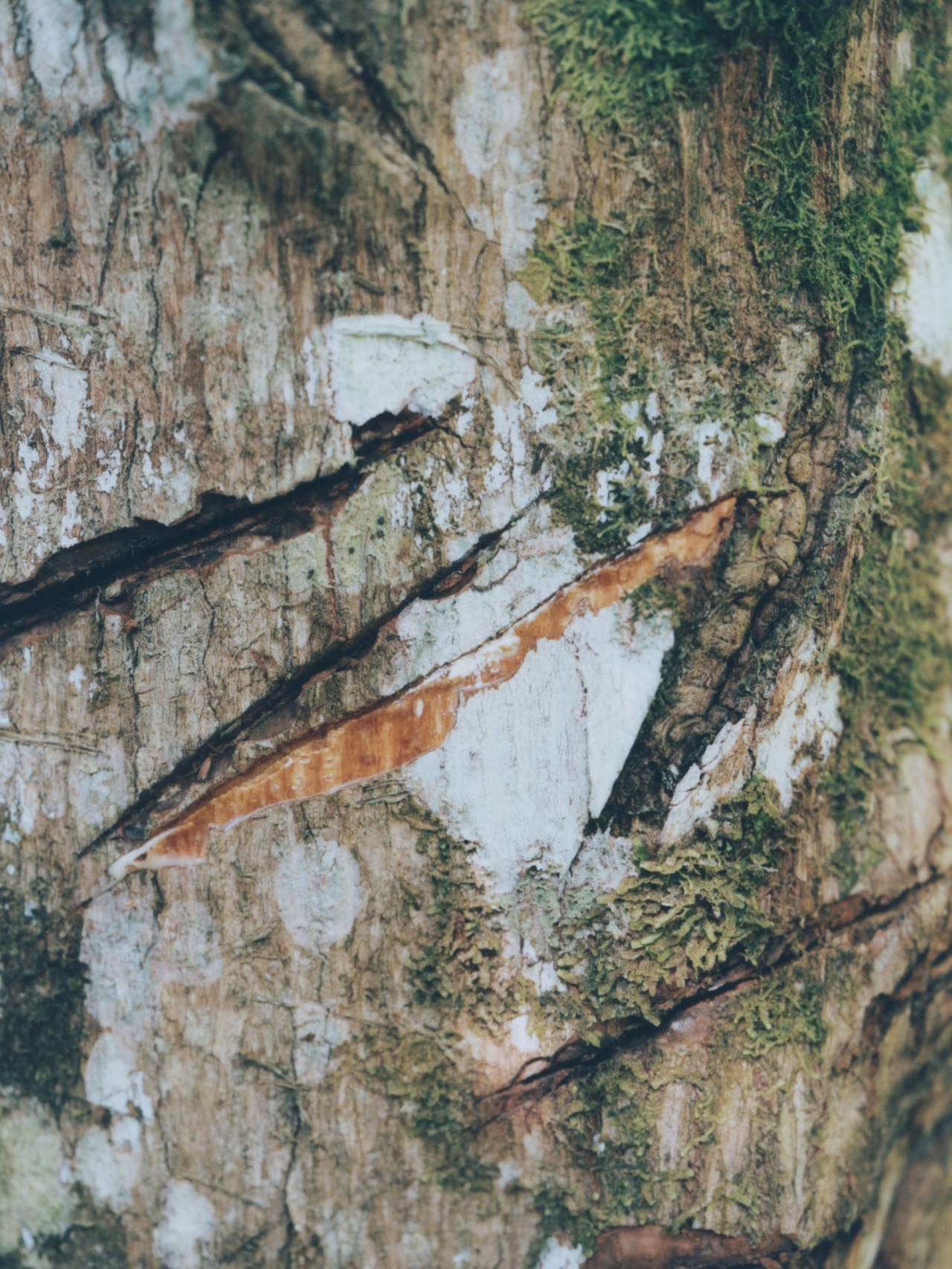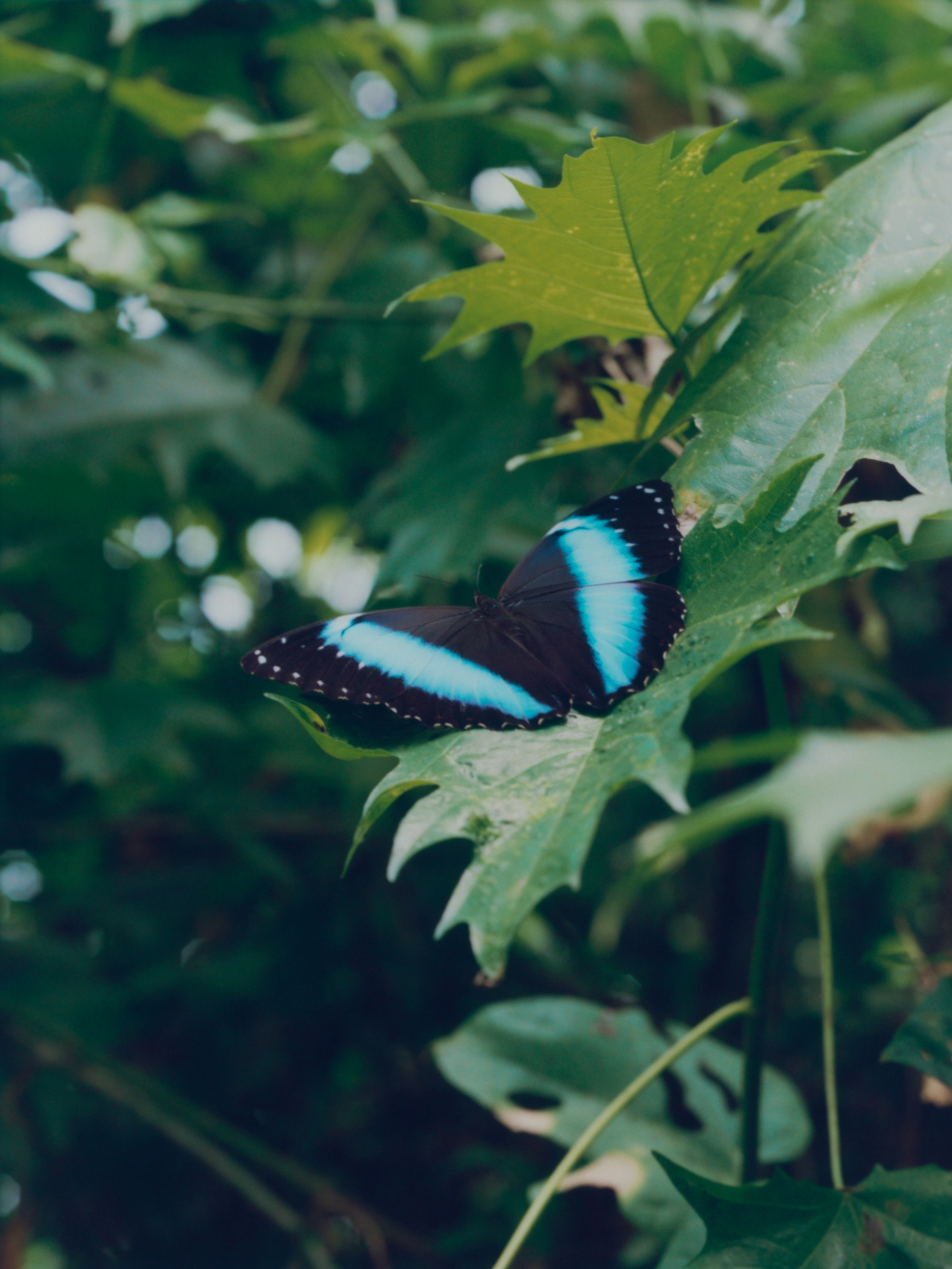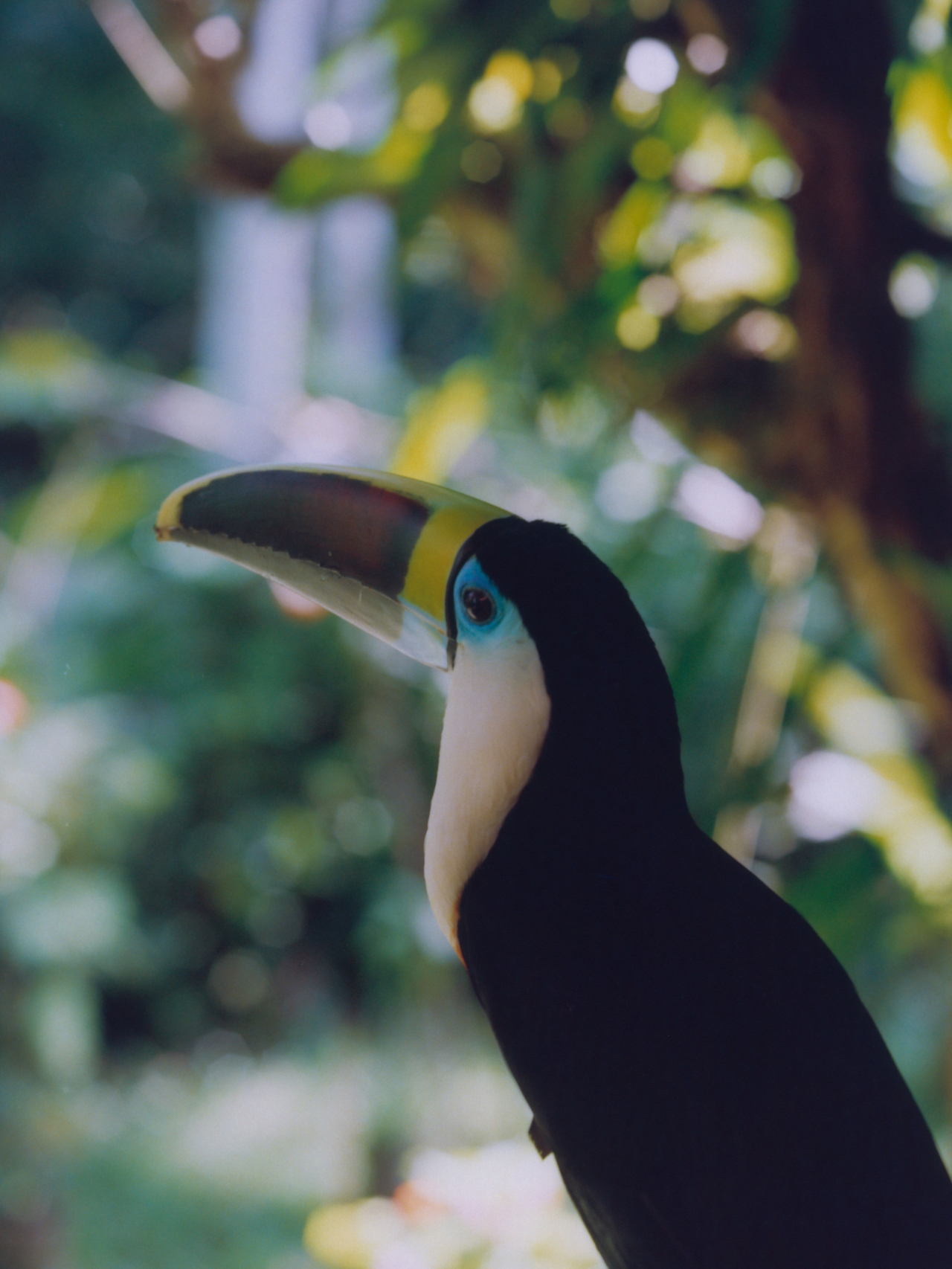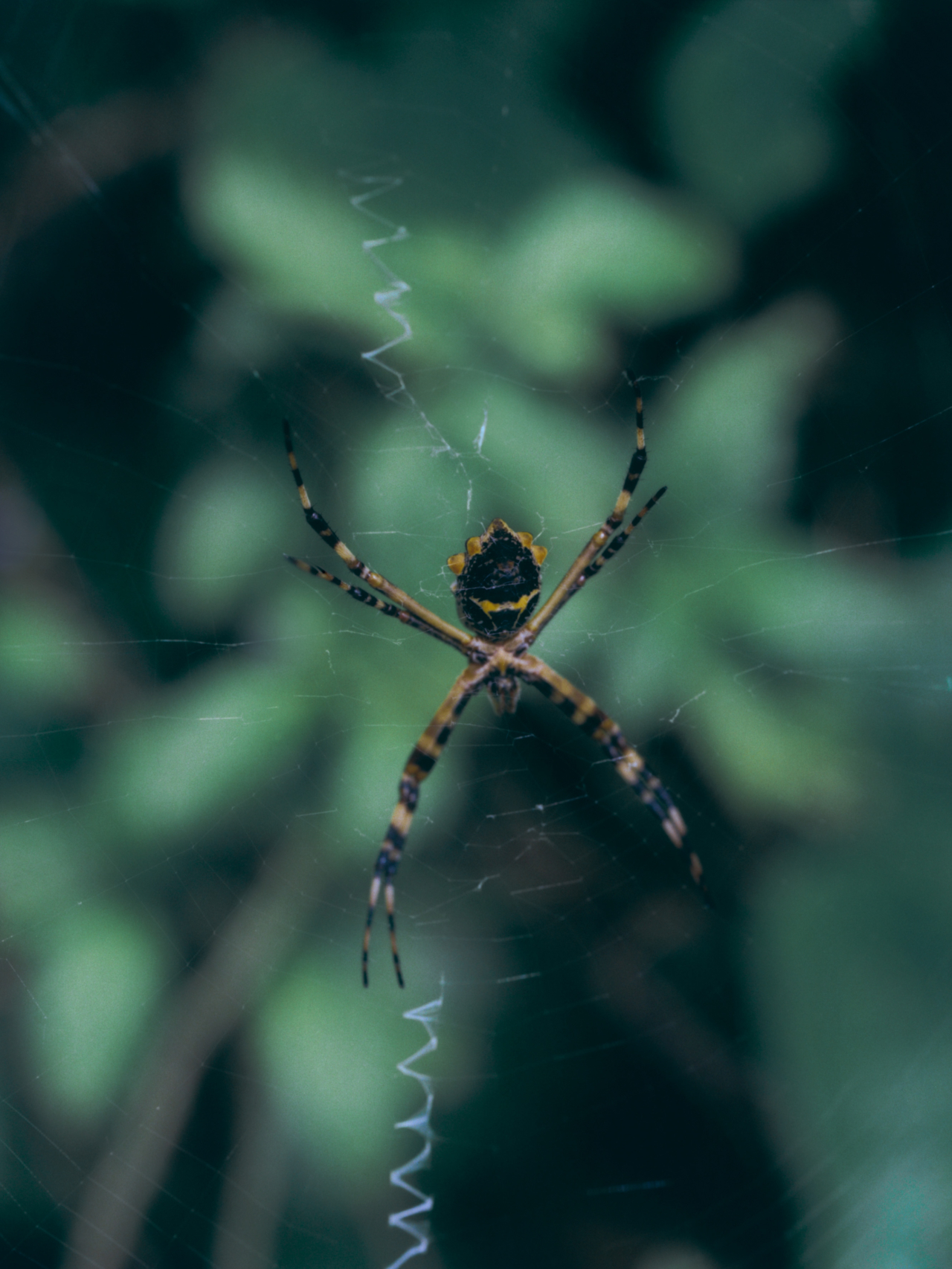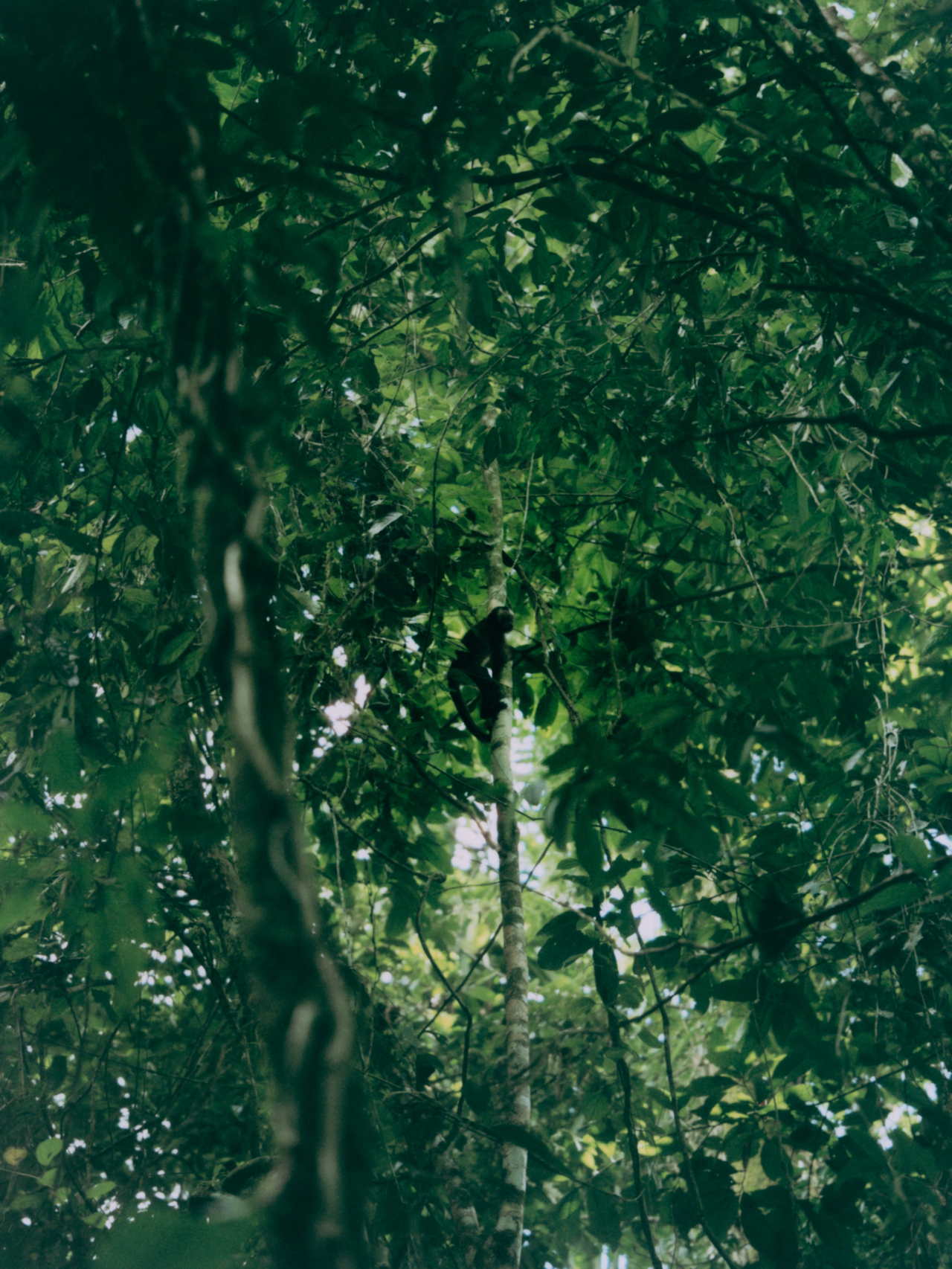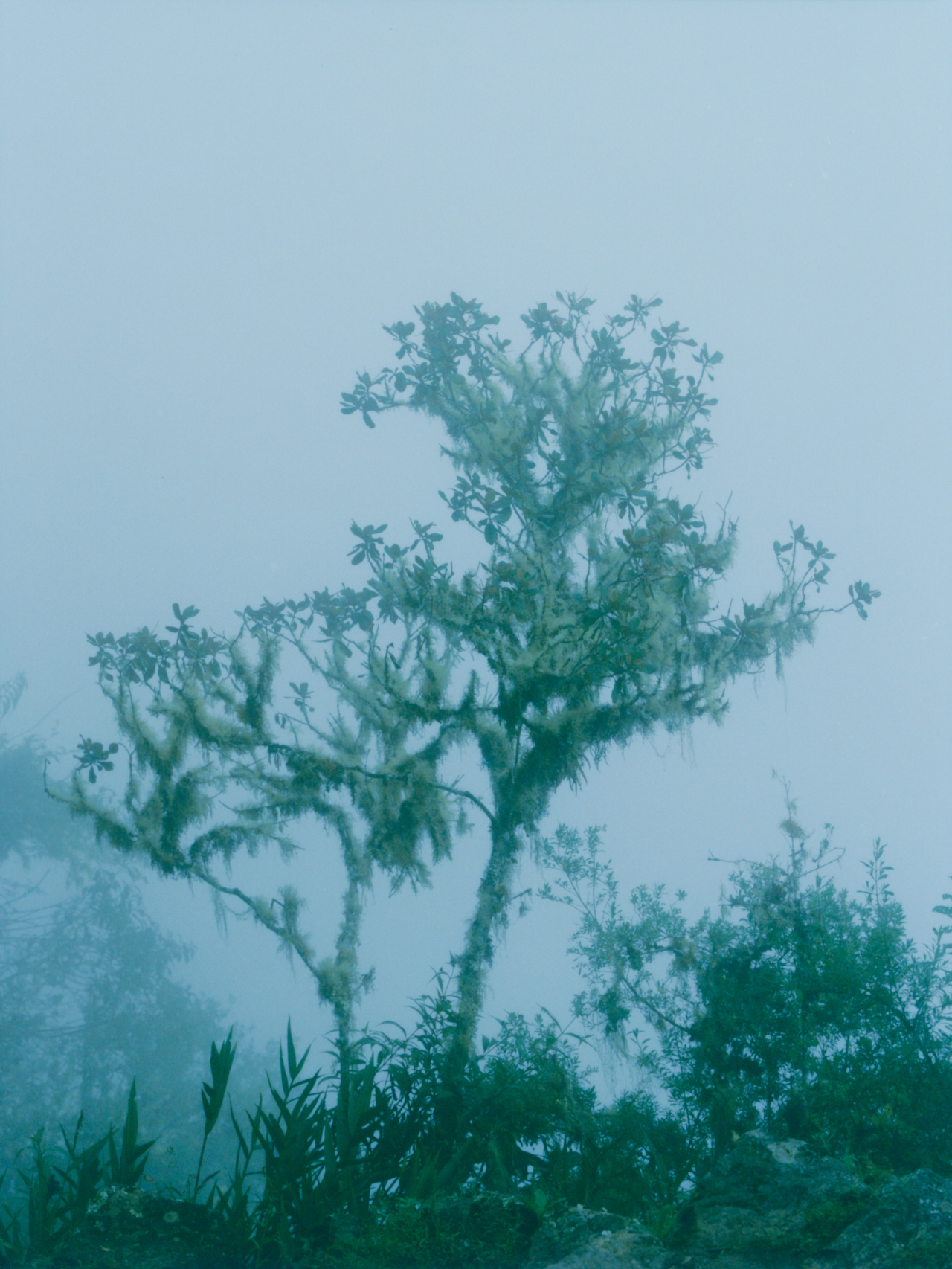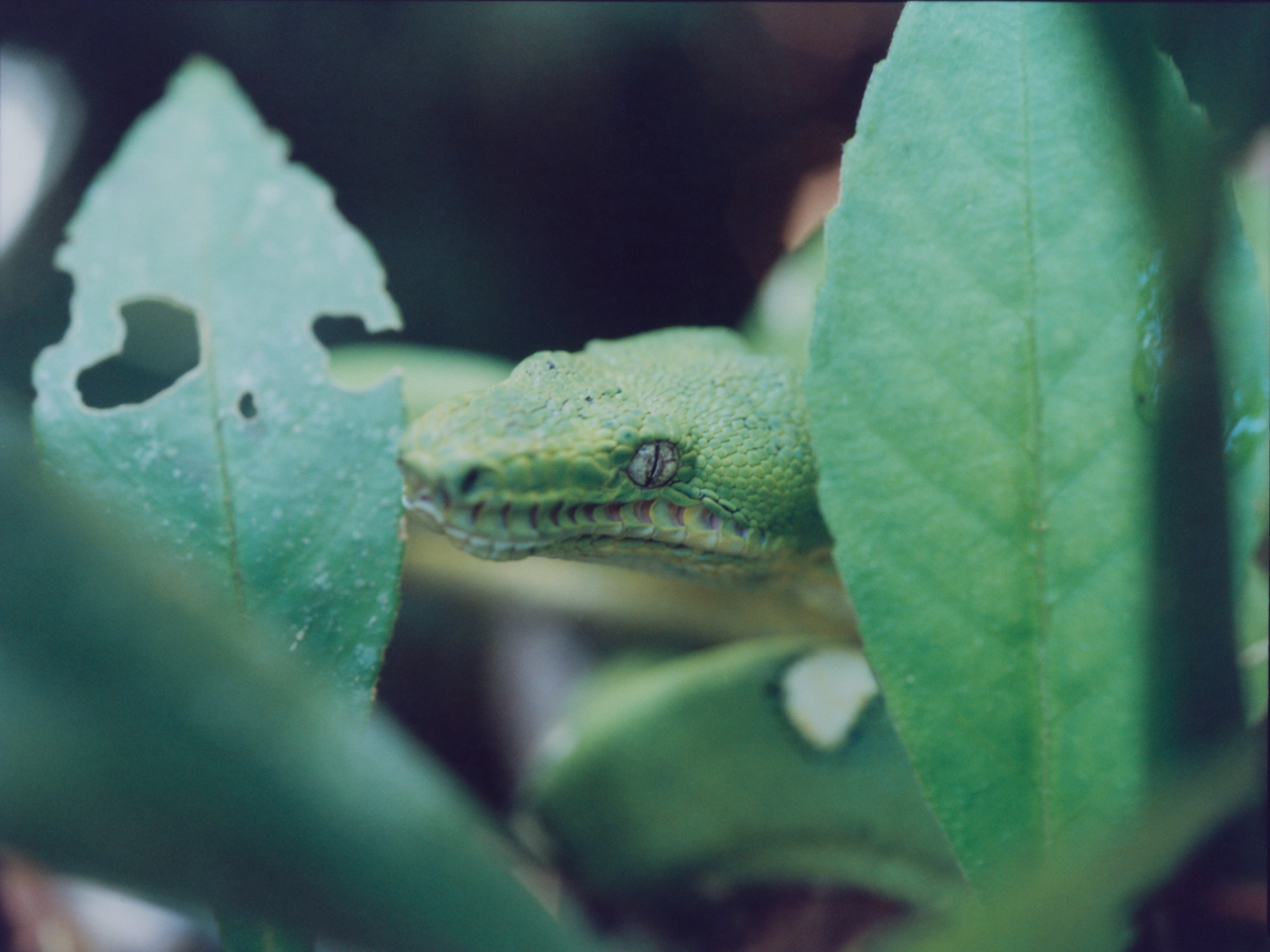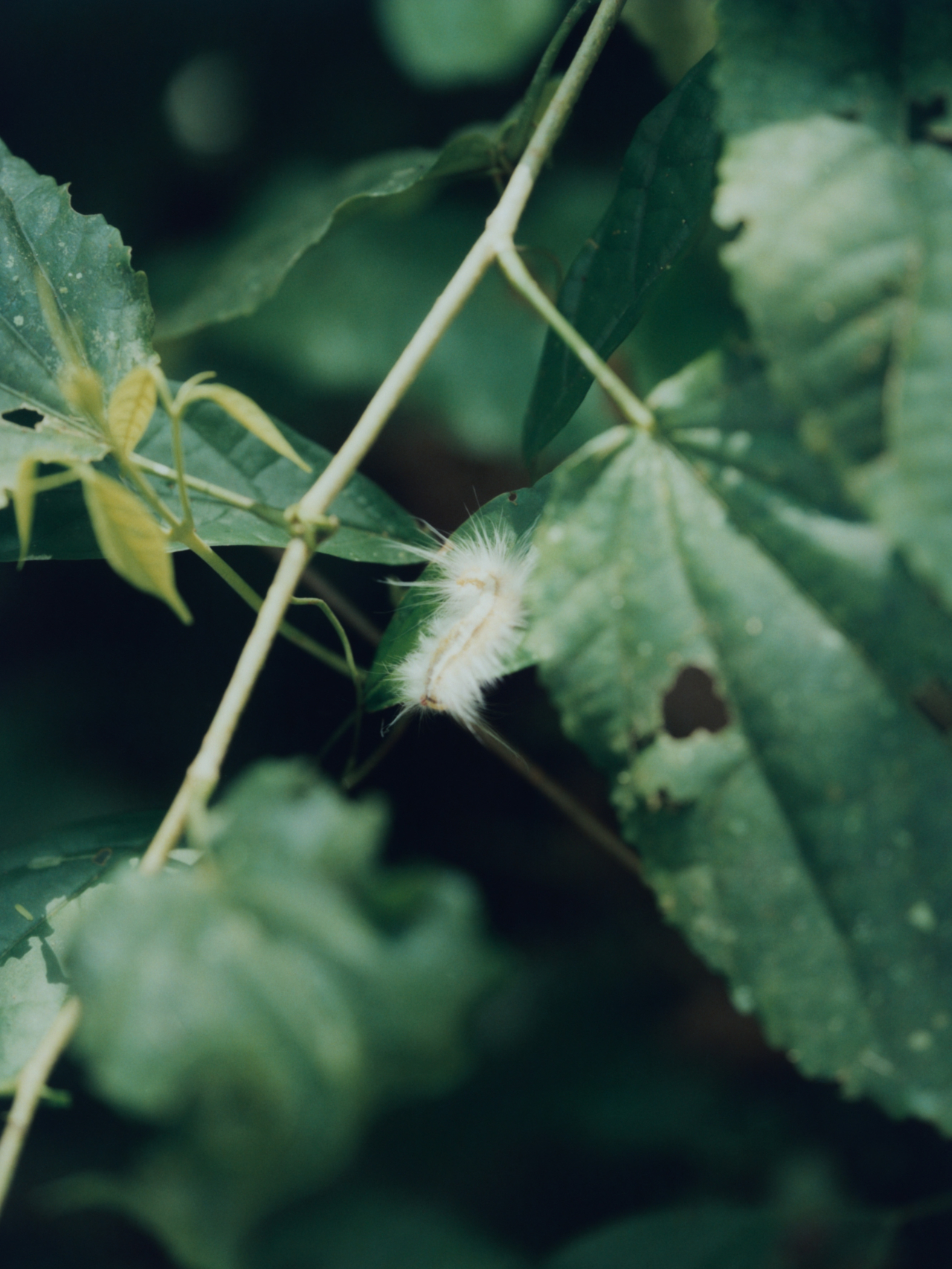
Photographs and words by Arianna Lago
As a forever fan of Les Blank’s documentary, Burden of Dreams, which explores the challenges faced during the making of Werner Herzog’s Fitzcarraldo in the Amazon, I was inspired to journey to the Amazon basin—and, specifically, to Manu, a UNESCO-protected biodiversity hotspot teeming with different plant, fungi, and animal species in southeastern Peru.
Accessing the heart of Manu proved challenging, with some areas exclusively accessible to researchers and biologists studying new species. But my adventure, driven by a desire to experience untouched wilderness, began in the cloud forest, which descends into the realm of the Madre de Dios River basin. This river’s lifeblood sustains a remarkable variety of creatures, including capybaras, tapirs, macaws, and jaguars.
During the rainy season, the Manu National Forest undergoes a transformation with flooding inundating large areas and altering the landscape’s flora and fauna. The floodwaters penetrate the forest floor, creating marshy habitats that attract unique species adapted to aquatic environments. Flooding also plays a vital role in replenishing nutrients, enriching the soil, and promoting vegetation growth.
Encounters with the Mashco-Piro tribe have seen certain ranger stations in Manu close down. Because Manu is not only home to a plethora of wildlife, it is also the ancestral homeland for Indigenous tribes like the Matsigenka and the Mashco-Piro. These recent interactions with the Mashco-Piro, driven by necessity rather than integration, underscore the many potential risks that external involvement poses to both their health and cultural integrity. To support their autonomy and safety, the Peruvian government enforces strict no-contact policies and designates vast forest areas as off-limits to outsiders. These measures aim to address potential conservation challenges in Manu, while ensuring respect for Indigenous tribes’ way of life.




















Inside Peru’s Manu Forest
